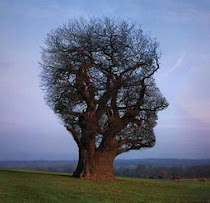The Malays, who account for over half the Malaysian population, play a dominant role politically and are included in a grouping identified as bumiputra. Their native language is a standardised form of Malay, known as Bahasa Malaysia, which is the national language of the country. Citizens of Minangkabau, Bugis or Javanese origins, who can be classified "Malay" under constitutional definitions, may also speak their respective ancestral tongues. Malays from different states in Malaysia carry distinct dialects that can sometimes be unintelligible to most of their fellow countrymen. By definition of the Malaysian constitution, all Malays are Muslims.
Malay culture shows strong influences from Hinduism, Buddhism and animism. Since the Islamisation movement of the 1980s and 90s, these aspects are often neglected or banned altogether. Because any Malay-speaking Muslim is entitled to bumiputra privileges, many non-Malay Muslims have adopted the Malay language, customs and attire in the last few decades. This is particularly the case with Indian Muslims from the peninsula and the Kadayan of Borneo.
In the past, Malays wrote in Pallava or using the Sanskrit-based alphabet of Kawi. Indian Muslims later introduced Jawi, an Arabic-based script, which became popular after the 15th century. Until then reading and writing were mostly the preserve of scholars and nobility, while most Malay commoners were illiterate. Jawi was taught along with Islam, allowing the script to spread through all social classes. Nevertheless, Kawi remained in use by the upper-class well into the 15th century. The Romanised script was introduced during the colonial period and, over time, it came to replace both Sanskrit and Jawi. This was largely due to the influence of the European education system, wherein children were taught the Latin alphabet.
Saturday 16 October 2010
Ketuanan Melayu
Posted by Zulhelmi Baharin at 01:05
Subscribe to:
Post Comments (Atom)



0 comments:
Post a Comment